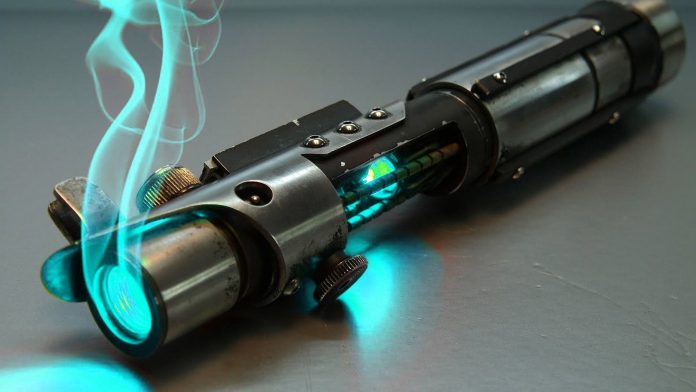RESEARCHERS at Eindhoven University have achieved a speed of 42.8 Gbit/s with a ray of light in an optical wireless network
The capacity the harmless Wi-Fi light rays is not only huge (more than 40Gbit/s per ray) but also there is no need to share it since every device gets its own ray of light. The system conceived in Eindhoven is simple and affordable. Wireless data comes from a few central light antennas, for instance mounted on the ceiling, which precisely direct the rays of light supplied by an optical fibre.
Since there are no moving parts, this solution is maintenance-free and needs no power: the antennas contain a pair of gratings that radiate light rays of different wavelengths at different angles called passive diffraction gratings. Changing the light wavelengths also changes the direction of the ray of light. Since a safe infrared wavelength is used that does not reach the vulnerable retina in your eye, this technique is harmless.
If you walk around as a user and your smartphone or tablet moves out of the light antenna's line of sight, then another light antenna takes over. The network tracks the precise location of every wireless device using its radio signal transmitted in the return direction. It is a simple matter to add devices: they are assigned different wavelengths by the same light antenna and so do not have to share capacity. Moreover, there is no longer any interference from a neighboring Wi-Fi network.
Current Wi-Fi uses radio signals with a frequency of 2.5 or 5 gigahertz. The system conceived at TU Eindhoven uses infrared light with wavelengths of 1500 nanometers and higher; this light has frequencies that are thousands of times higher, some 200 terahertz, which makes the data capacity of the light rays much larger. Researcher, Joanne Oh, managed a speed of 42.8 Gbit/s over a distance of 2.5m. For comparison, the average connection speed in the Netherlands is 2000 times less (17.6 Mbit/s).
Even if you have the very best Wi-Fi system available, you still won't get more than 300 Mbit/s in total, which is some hundred times less than the speed per ray of light achieved by the Eindhoven study. The Eindhoven system has so far used the light rays only to download; uploads are still done using radio signals since in most applications much less capacity is needed for uploading.♦












